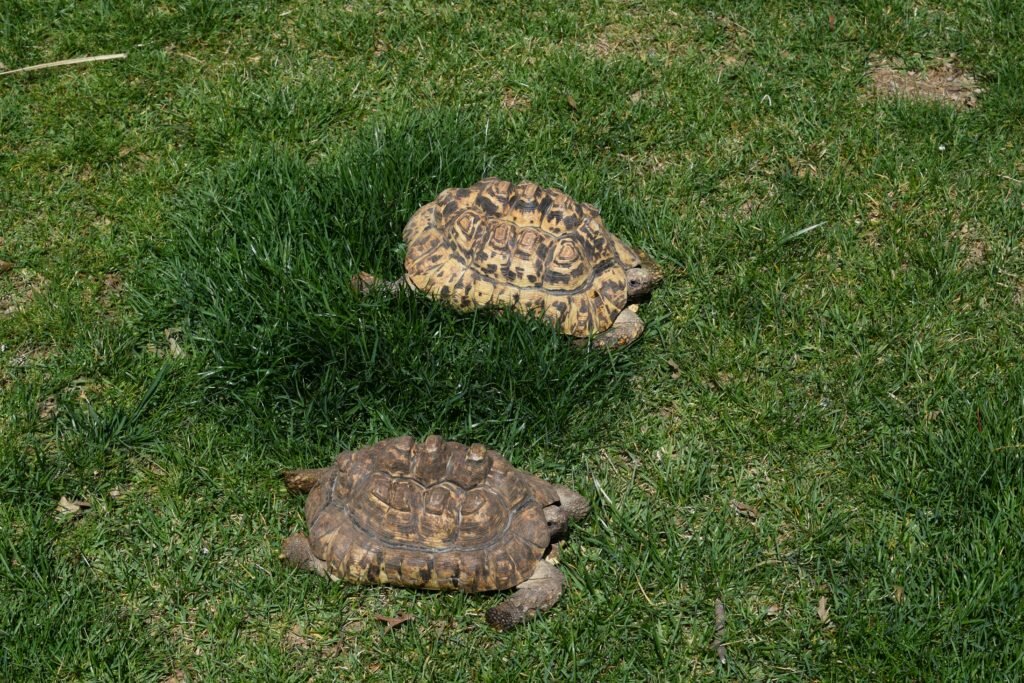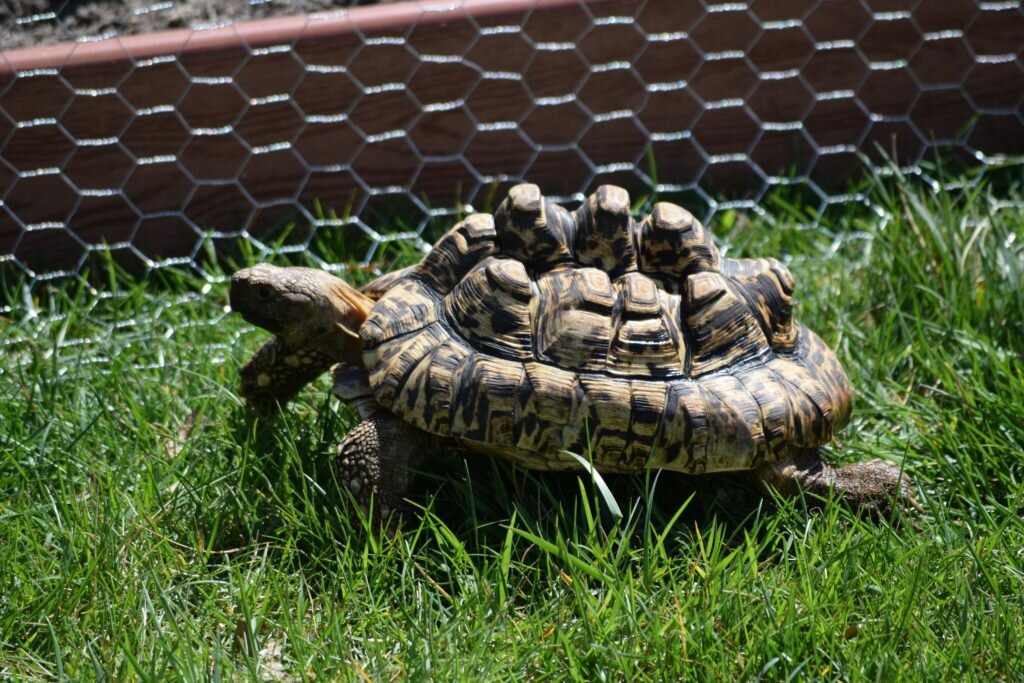Since I was unable to post for several weeks, there is plenty of news to report. Turtles keep emerging from hibernation, we are making contacts with a variety of turtle researchers and schools around the world, and I’ve decided to take in a few turtles from other parts of the world. If you're interested in detailed information about their keepinhg, you may buy term papers online at https://cheap-papers.com/buy-term-papers-online.php.

The first two adoptions are leopard tortoises (pictured above) named Leo and Josephine. They’d been left behind by a professor at Villanova University, and cared for by a few kind individuals for more than a year, but I offered to take them in because with me they would have a larger habitat and spend more time outdoors.
Both Leo and Josephine have a shell condition known as “pyramiding,” which is fairly common in leopard tortoises. It can be caused by a diet that is too high in protein, a lack of adequate light, or lack of proper humidity where tortoises hide. Even though leopard tortoises are from drier grasslands of Africa, they do spend time in burrows where the humidity is much higher, which might explain why pyramiding is not nearly as common among wild tortoises. To get a better idea what I mean, look at the two photographs below.

As Leo and Josephine continue to grow, I hope that their shell condition improves. I am sure that Leo and Josephine’s caretakers at Villanova did their best, and I am thankful for the opportunity to give a home to these two amazing creatures!
Even more exciting is that we have been in talks with a school in South Africa–part of the leopard tortoise’s natural range–and should be able to compare data on our tortoises and box turtles with students in that region of the world. Part of the reason we started Teacher Turtles was to share student-led turtle research between states and countries, since different species of turtle live nearly everywhere that humans do. South Africa is a hotspot of tortoise diversity, so we’re looking forward to learning as much as we can!
Comments
comments
